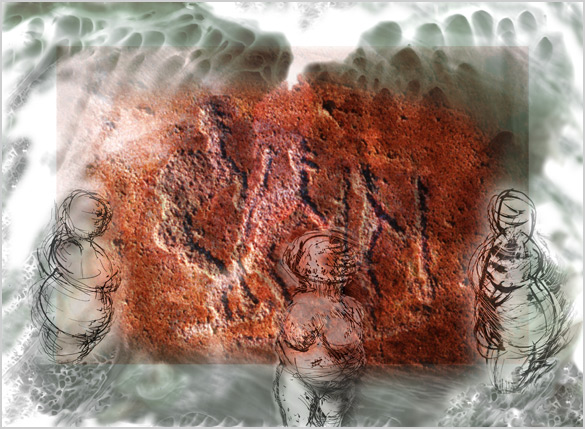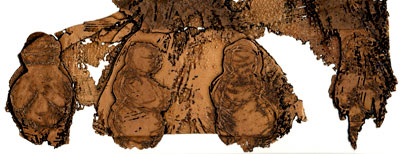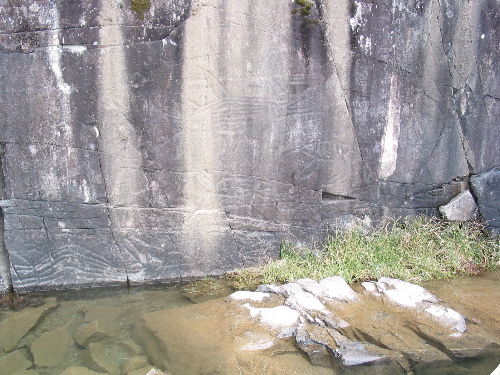print show in Seattle
SUPER-SIZED: the BIG print show featuring works by Chuck Close, Helen Frankenthaler, Graham Gillmore (from BC, Canada), Richard Diebenkorn, Robert Motherwell, William Kentridge, Ed Ruscha, Richard Serra, Kiki Smith and others, will be at the Greg Kucera Gallery in Seattle, WA, USA from May 14 – June 12, 2004.
Have a look at the works on the gallery’s excellent website. Worth a trip to Seattle!




